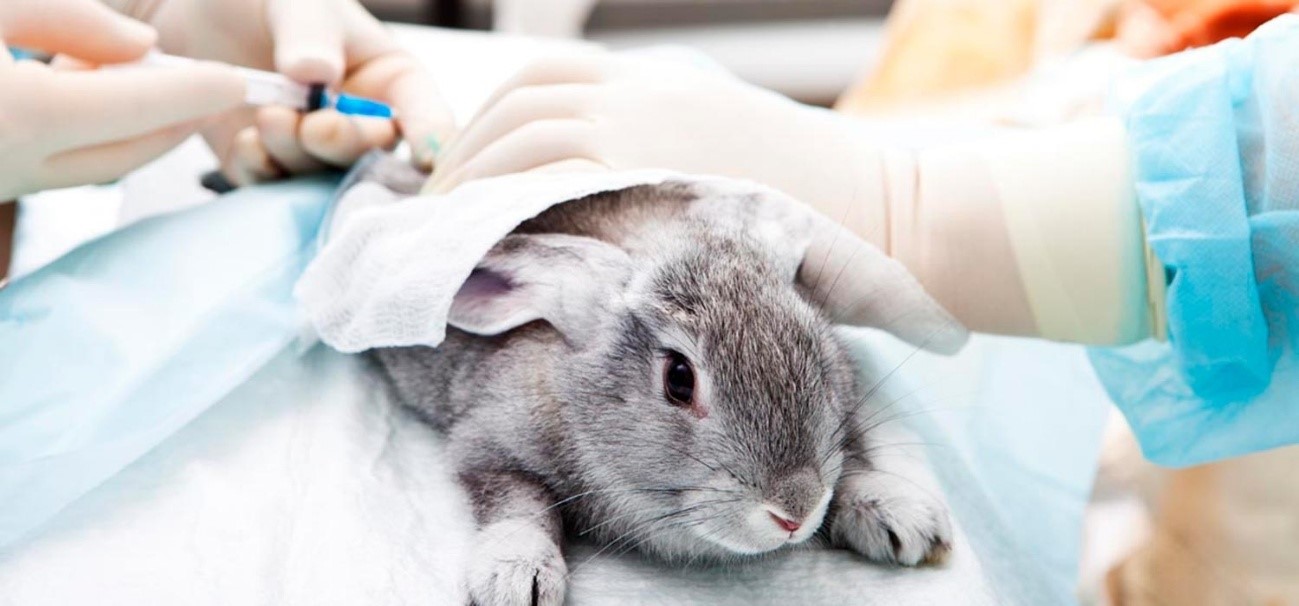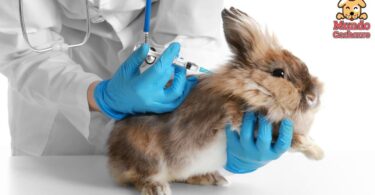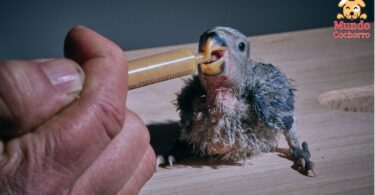Indice
Hares and rabbits are among the favorite animals of many, not only to watch from a distance, but also as faithful companions in everyday life. These, as well as any other animal kept as a pet, require specific care and attention to ensure their well-being, but the inevitable enemy of health is always there, in the shadows, and that is disease.
Among the various diseases that affect these small furry animals, myxomatosis has a high degree of danger and can kill them in a matter of days. For this reason, it is essential to be informed about how to know if your hare has myxomatosis? And the general aspects of this viral disease.
What is myxomatosis, the well-known rabbit disease?
Myxomatosis (myxomatosis ), commonly called tomatosis in rural areas, is an infectious and viral disease that has killed millions of rabbits over the years. It is caused by a poxvirus called Myxoma virus, and is characterized by causing tumors in the connective tissues of the animal and by its high mortality rate.
This virus, which originated in South America, spread rapidly through Europe (1952-53) and Australia (1950) due to human intervention and its use as a “pest controller”, which had a drastic effect on rabbit populations. Rabbits, especially the European rabbit (Oryctolagus cuniculus), were the main victim of myxomatosis, until 2014 onwards, when the “jump” of the virus to European and Iberian hares was confirmed.
Myxomatosis affects only two of the main lagomorphs, rabbits and hares, and is potentially fatal for both animals. Unfortunately, there is currently no cure for this disease.
It is transmitted both by vectors, arthropods that feed on blood (mosquitoes, fleas, ticks, lice), and by direct contact with infected animals and objects. Humans and other lagomorph and non-lgomorph animals can infect a healthy hare or rabbit if they have had contact with a contaminated object or animal. It should be emphasized that neither humans nor other animals such as dogs and cats can contract myxomatosis.
Diagnosis and symptoms
Due to the strong characteristics of myxomatosis, its diagnosis is usually rapid, being confirmed by anatomopathological examinations, although biopsies of the lesions caused by tomatosis and virus isolation in cell culture are also used.
In some cases and due to certain variants of the virus, its detection may be slower since the main evidence of its presence in the animal, swellings in the skin and mucous membranes that are observed mainly in the head and genitals, does not appear until many days later; there is even a respiratory variant of myxomatosis.
Symptoms of myxomatosis include skin inflammations; swollen head and genitals; fluid around the lips, nose and ears; pus coming from the nose; milky discharge from the eyes; lethargy; lack of appetite; drooping ears; fever; depression; and labored breathing.
Treatment
As mentioned above, myxomatosis has no cure, but symptomatic treatments can be applied to relieve the animal, prevent the acquisition of other diseases due to the weakness caused by tomatosis and increase the chances of survival.
Seeing a veterinarian at the first sign of any symptoms of disease is vital to try to ensure the animal’s survival, especially for domestic rabbits and hares that have not developed natural resistance to myxomatosis.
Image courtesy of (www.vets-now.com), all rights reserved.








